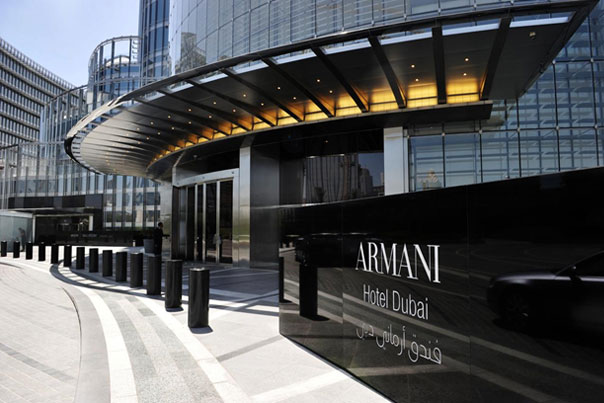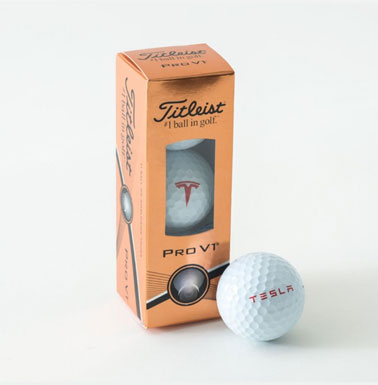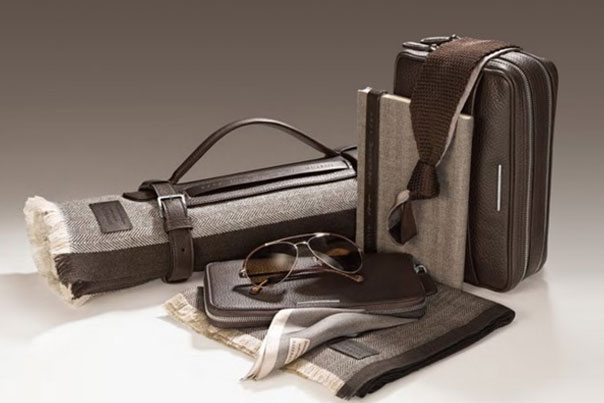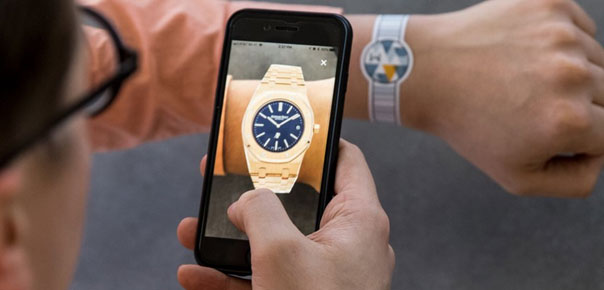What Are The Challenges of Producing Luxury Goods?
- 14th Aug 2020
- 2563
- 0

Over the Years, the Luxury Industry has been facing many challenges. Production of luxury goods and sustainability go together. The increase in luxury growth shows that the economy is rising and there is more purchasing power. Luxury Brands believe in anti-marketing laws, where higher prices are slashed with less availability, creating more demand. Only major luxury brands can benefit from this (Veblen, 1899) pricing effect (Amaldoss and Jain, 2005). Luxury consumers perception has changed which puts the luxury brands under a ‘Delicate’ situation. Luxury brands are expected to be more ‘Environment Friendly’, and responsible towards corporate social responsibility. This “commitment to minimizing or eliminating any harmful effects and maximizing its long-run beneficial impact on society” (Mohr, Webb, & Harris, 2001) must be a big motive for luxury brands. Though Luxury is defined as something very rare and self-conspicuous, ‘CSR’ has been one of the main forces in luxury purchase decisions (Bhattacharya et al., 2011).
Luxury Production & Growth

Luxury Goods have always been growing year by year showing a good promise regarding increase in purchase power. Luxury brands have extended their exclusivity into other fields over the years. Brand extension strategies provide a significant profit opportunity by capitalizing on the parent brand's equity (Dawar and Anderson, 1994). The concept of branching into a new field outside your expertise with the backing of a Luxury Brand’s ‘Equity’ has become a very risky but fruitful strategy for some luxury brands in the past. The success rate of Luxury brand extension is about 80% compared to 35% for launching new products (Roll, 2005). For example, Armani’s ‘Armani Hotels’ in Dubai. Not all luxury brands are comfortable branching into a new space as it could hinder the brand’s reputation, if not successful. Digital Sales has been one of the biggest challenges for luxury brands as many might argue that digitalization hampers the true essence of luxury.

Luxury Production has been one of the biggest challenges for the luxury industry as it goes by the norm of ‘Rarity’. Because of the high quality and price protection issues, a common practice in the luxury industry is to launch limited-edition luxury goods, which also satisfies consumer preferences and enhances brand loyalty (Shin et al., 2017). To produce limited edition goods and the luxury goods itself, luxury brands need to get every bit of detailing right. Luxury brands spend a lot on craftsmanship and perfection. This kind of quality needs high expertise, expensive and rare raw materials. This causes challenges for luxury brands to stay sustainable and provide the desired exclusivity to consumers by ensuring ‘CSR’ (Corporate Social Responsibility) which is considered to have a huge impact on how luxury consumers view their favourite Luxury brands, in modern times.

One of the most challenging aspects for luxury brands is to remain sustainable and ensure that their brand’s equity/rarity is still maintained. Let’s have a look at how production challenges have had an adverse effect on some of the luxury sectors.
Challenges in Luxury Cars

Luxury Car brands face the challenge of cost affective production and to ensure that the after sales service is also impeccable. Many luxury cars brands like Bentley, Lamborghini, Mercedes-Benz, Maserati, Tesla have branched into extensions of their current brand. For Example, Tesla got golf balls, Lamborghini introduced Fountain pens, Mercedes Benz and Maserati producing high quality bags and Men’s fashionwear. The goal is to cater accessible subsidiaries associated with the brand, to the ones who are not HNWI’s but to the consumers who adore and appreciate the brand but cannot afford to buy the brand’s flagship products. This causes an issue, as it raises the question of Luxury car brands outsourcing their brand extension products. Outsourcing is not something premium luxury buyers are comfortable with as it spoils the quality of craftsmanship and rarity.

The negative impact of using vertical brand extension specifically, that the extended brand’s less expensive introduction might cause cannibalization of its luxury parent brand (Reddy et al., 1994). For example, when Cadillac introduced Cimarron, although there was no cannibalization, they watered down the prestige of the parent name (Kim et al., 2001). The real challenge for luxury cars is to be able to provide new parent subsidiaries related to their flagship products without hindering their production sustainability and to ensure that consumers still have the desire for their brand.
Challenges in Luxury Fashion

Luxury Fashion Brands have always been under the radar. Luxury fashion brands have been criticised of not using sustainable ways to produce their goods in the past. Luxury fashion sector is the world’s second most polluting industry in the world. That sounds like a surprise doesn’t it? But it’s not. Luxury brands like Hermes’s ‘Crocodile Skin Birkin Bag’, ‘Gucci’s Alligator skin Bag’, and Louis Vuitton’s Ostrich Skin Bag, costing between a whooping INR.10,00,000 to INR.22,00,000. That’s crazy expensive to pay for a bag. Burberry was guilty in the past of burning its products worth $28.6M, as the brand was worried about its unsold products being sold for cheap or being stolen. Though some fashion brands like Chanel, Hugo Boss, Mulberry have stopped using animal skin in their products, the fight for sustainable fashion brands is far from over. The risk of using animal skin is not just limited to killing the natural ecosystem but also spreading of viruses and the big issue of ‘Slaughterhouses’ (Chan, Braun, & Pitcher, 2020).

‘The True Cost’ (2016) is a film exclusively talking about the issues surrounding the luxury fashion industry from production to management. It is a must watch! From low labour wages to pollution of the environment, luxury fashion brands have a huge problem in terms of production and marketing as consumers view luxury fashion brands through their sustainability and the use of animal products is a big NO! NO!
Challenges in Luxury Watches and Jewellery

Luxury watches and jewellery have always been on of the core sectors of the luxury industry. Though consumer demand for watches has increased in the past few years, the emergence of new digital watches as a trend has started to change that perception. With Digital sales increasing for watches, not all luxury watch brands have kept up to date with digital experience. According to Morgan Stanley, more than 90% of the luxury watch sales are made through 3rd party retailers like Harrods. This shows that the luxury watch brands are not able to provide that special feeling of experience in their flagship stores. Though some big brands like Rolex, Breitling believe that their watches are too expensive and that, there is an emotional purchase involved in decision making and that online experience will diminish that (Atkins, 2018).

Though a lot of questions are being raised about use of ‘Tannery’ (A place where animal skin is processed into leather) in luxury watches. This raises questions about the sustainability of luxury watch makers in the long run as the demand for digital watches like ‘Apple Watch’ has been increasing.


Jewellery has always in demand in the early times, but in the past decade or so demand for diamonds and jewellery has reduced as they are not being marketed as other luxury products. A lot of famous diamond-jewellery makers in the world, make misrepresenting claims about a human-lab mined diamonds as Natural Diamonds to unknown consumers. While some are guilty of selling conflicted diamonds. For example, ‘De Beers’ a famous diamond luxury company was guilty of selling ‘Blood Diamonds’ to unknown consumers. The movie ‘Blood Diamond’ casting of Leonardo DiCaprio on Netflix will give you a perfect insight on illegal diamond trading. This is a highly unethical issue and that the emergence of Digital experience is killing the demand for jewellery and diamonds more and more. Though brands like ‘Tiffany & Co.’ have taken strict measures and offer full transparency to its customers while selling their products.

As the COVID-19 Pandemic has shaken the whole world and hit all the industries hard, the Luxury industry has been hit the worst. With changing times and demand, are luxury store experiences declining? The fact that luxury consumers need to follow norms and get a ‘Temperature Check’ before entering a luxury store is something not many would be comfortable with. Is Digital sales spoiling the true Luxury? Is the emergence of Digital Luxury going to be the new way of life? The luxury industry has mainly been benefiting from Asian Countries like China and India, but with Asian countries being hardly hit, the sales in the luxury industry have significantly dropped. With huge production issues and sustainability issues, the pandemic has added more issues to luxury brands in terms of their finances and shifting their focus and manufacturing to some other countries.

Luxury consumers have become very smart and aware about sustainability. The use of unethical ways to produce luxury goods can no longer be a way to manufacture and that luxury brands need to find new sustainable and ethical ways to produce the quality products. This will comprise from changing the whole supply chain market for luxury brands, from production to marketing and sales, the whole dynamic needs to change. In these changing times, is it fair to say that the luxury brands that have adopted to digital experiences shall thrive? It is a question for the future, as the main essence of luxury has always been visiting stores, getting the personal touch and feel and being made to feel special.
 Prithvi Ramesh
Prithvi Ramesh

Comments
No comments yet.
Add Your Comment
Thank you, for commenting !!
Your comment is under moderation...
Keep reading luxury post